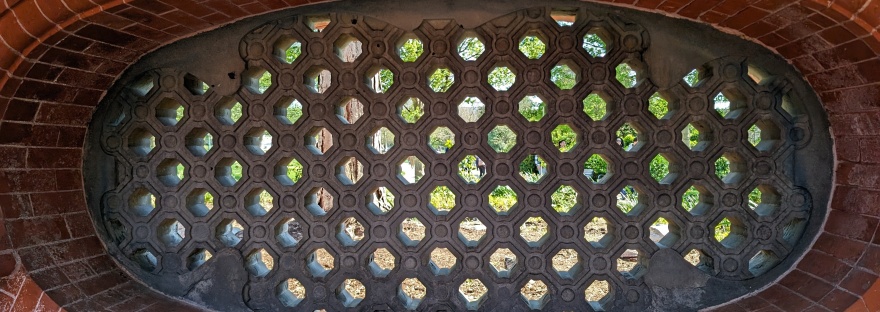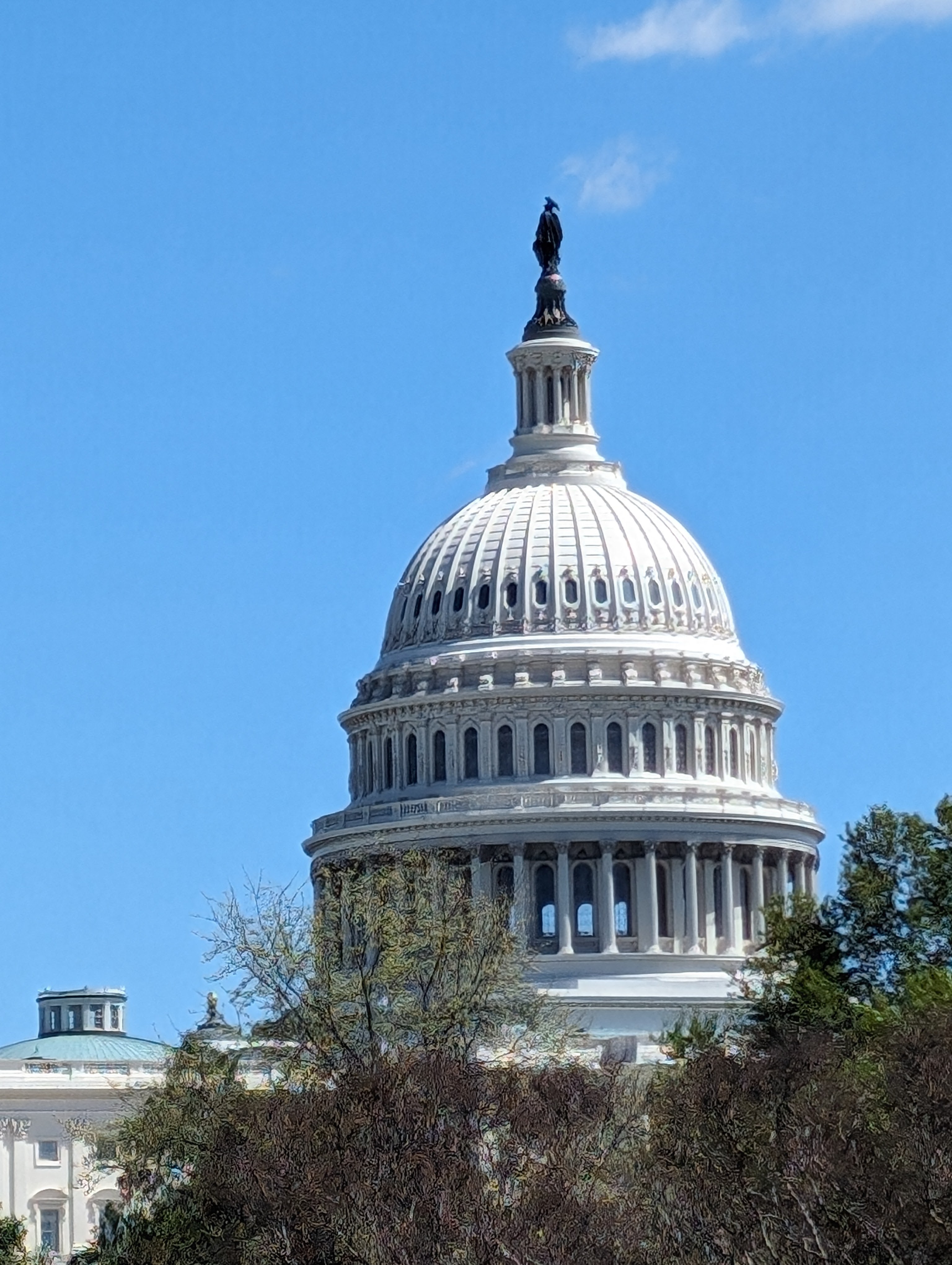
This year was the second annual Bookends Day in Washington, D.C., where I (the oldest sibling) visit the youngest sibling of my family for a day of museums, good food, and other adventures.
I love traveling through Philly:


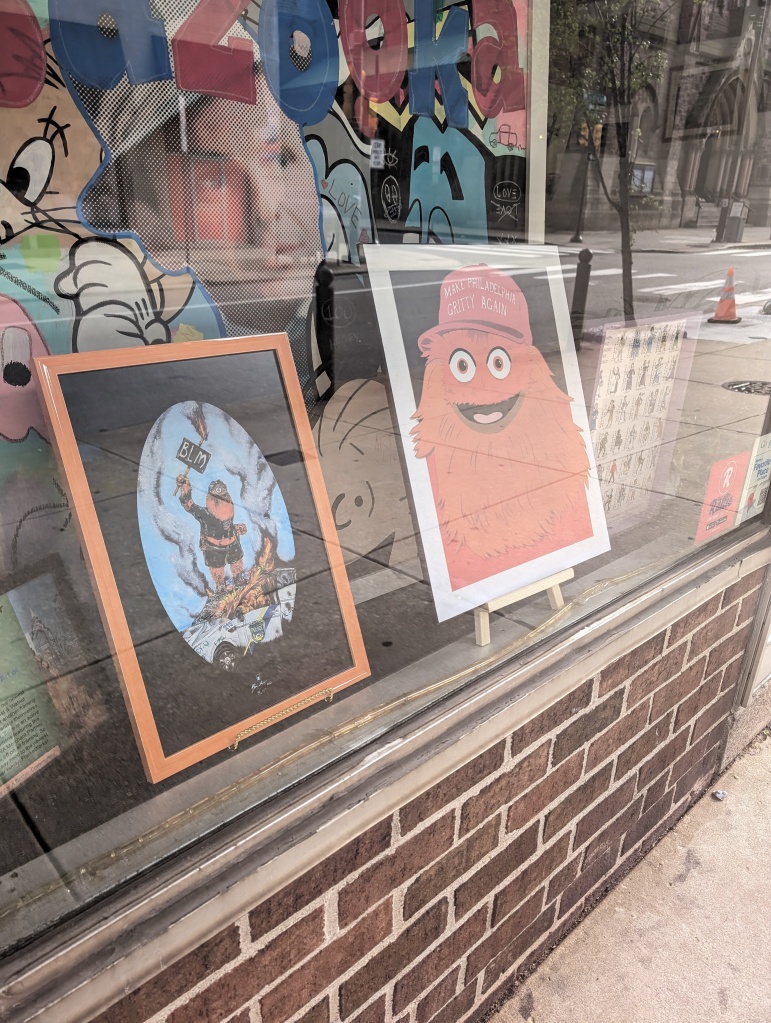
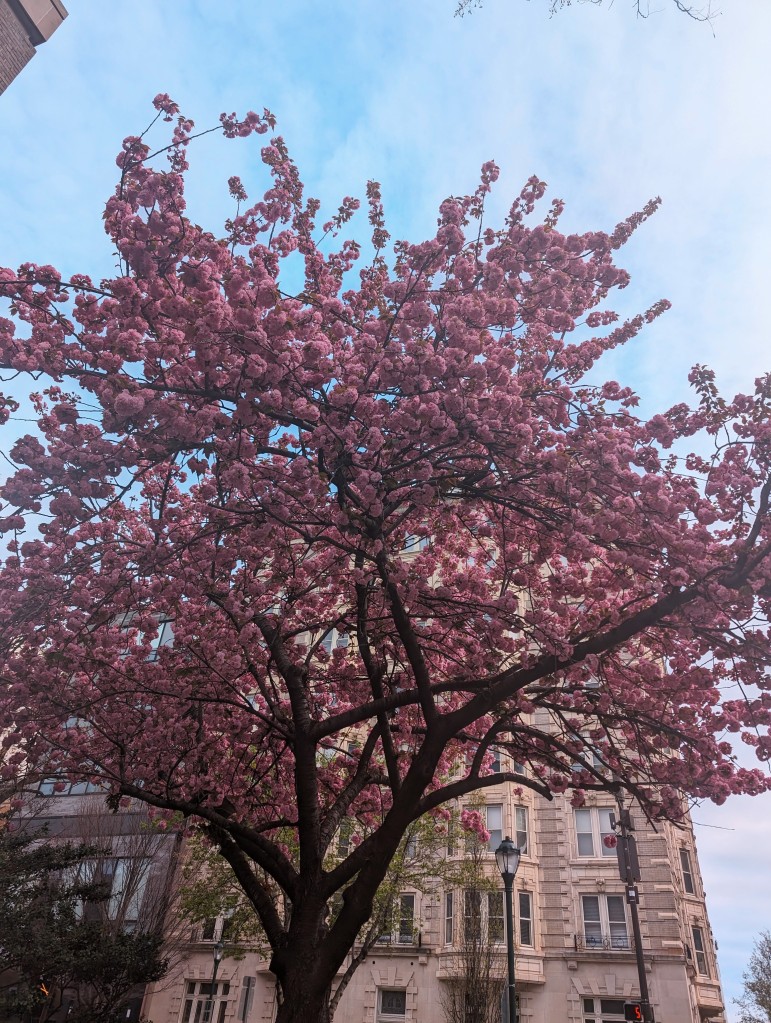
It’s exactly two hours on Amtrak from Philadelphia to D.C.

First stop: Union Market neighborhood for pupusas.

Our Metro car had a wasp on it. I will say, strangers were alerting each other to it, which was nice!

Throughout the day we passed a Cherry Blossom festival a few times, which was packed because it was a bright and beautiful day.
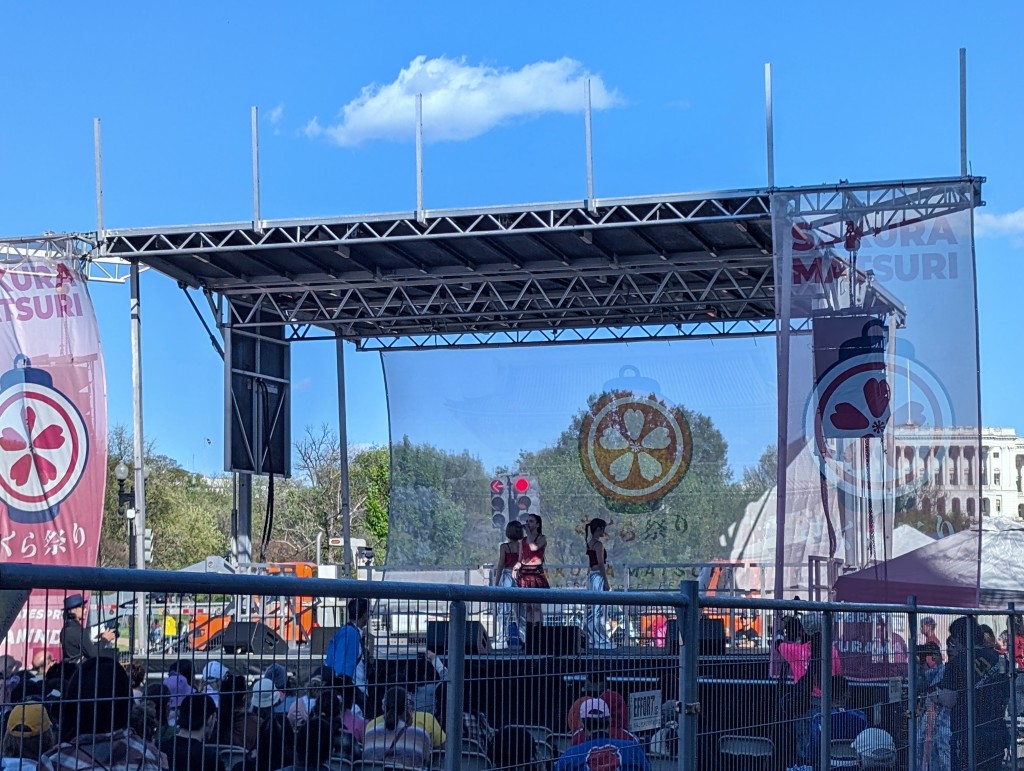
Well, it was quite windy! Caught some kites near these iconic sites:
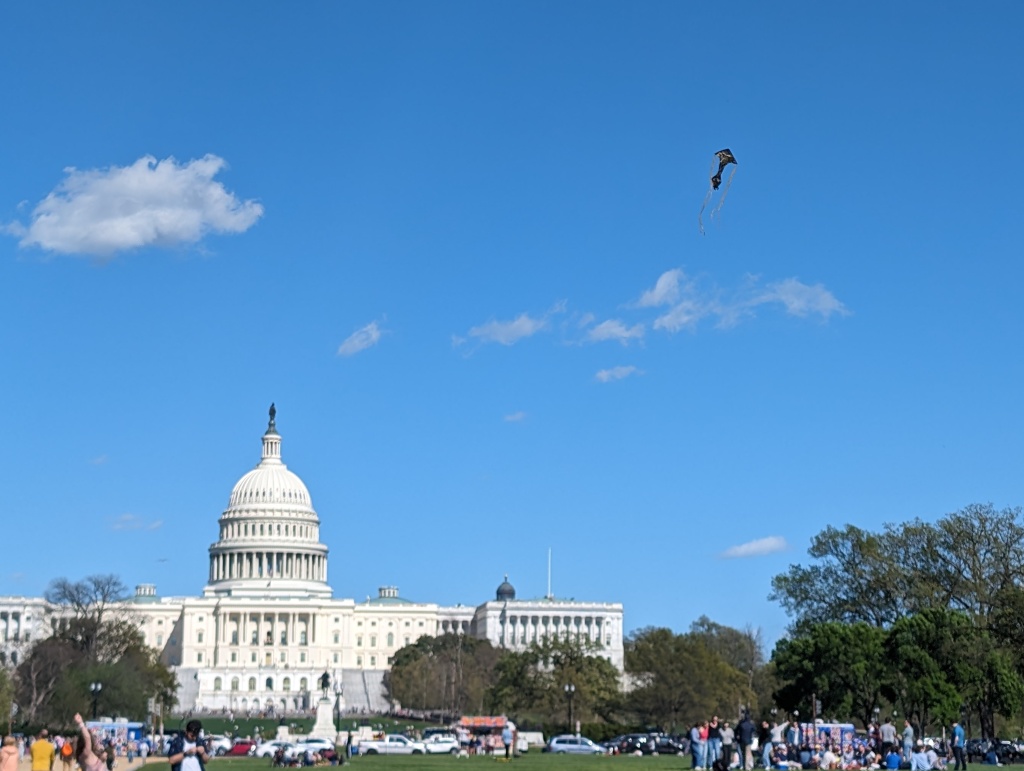
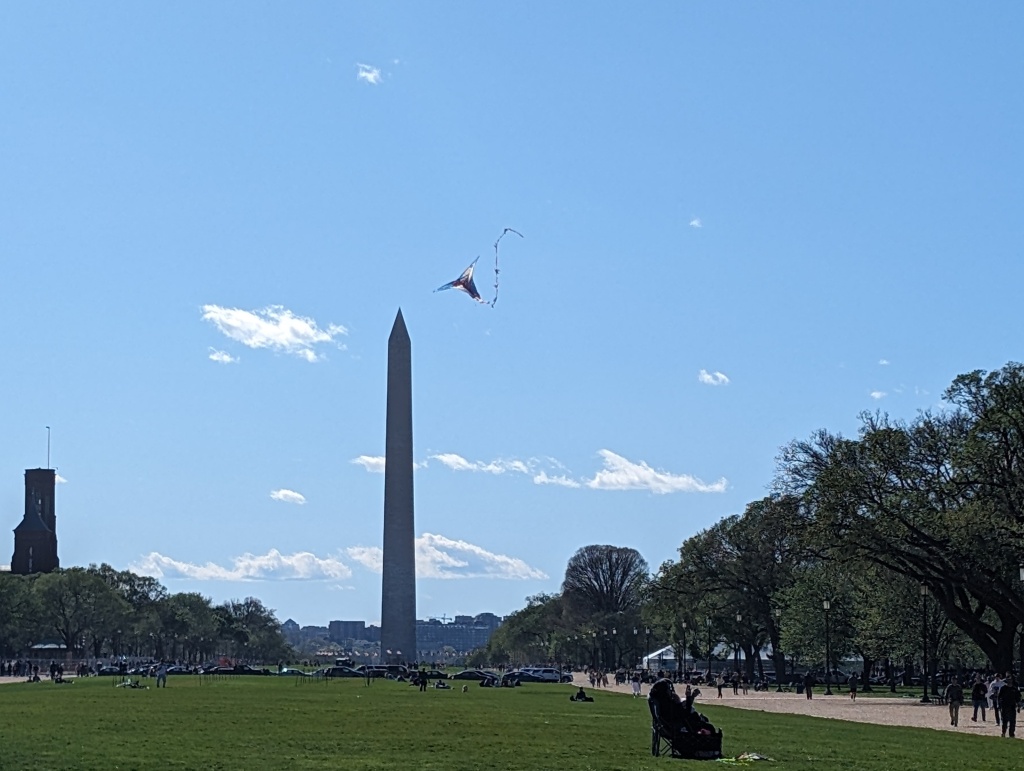
I may never stop marveling that the excellent museums in D.C. are all free. This trip, we visited the National Museum of the American Indian. It was curated so well that I’ll be processing it for a long time.
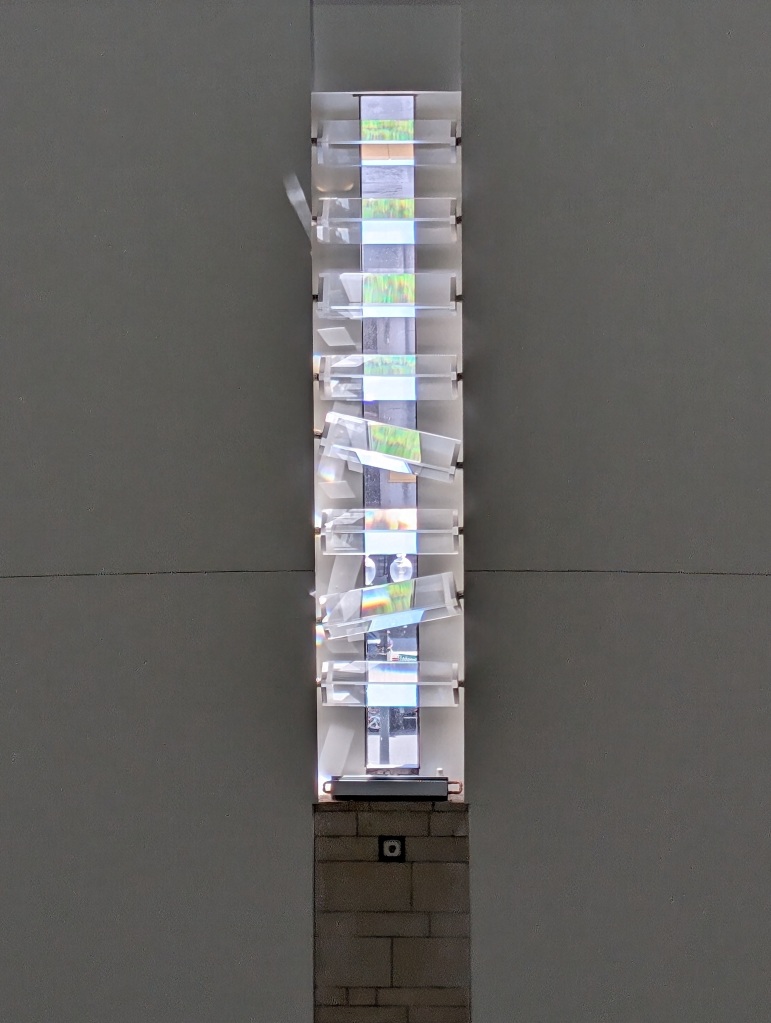

My mind was making many connections. I’d watched the Western Shoot the Sun Down this week, because I was intrigued by Christopher Walken as a gunslinger, and Margot Kidder (who I know as Lois Lane) in this kind of setting, too.
I was a being silly in trying to capture Baby Walken (whom a friend suggests should be called “Christopher Crawlin” hehe):
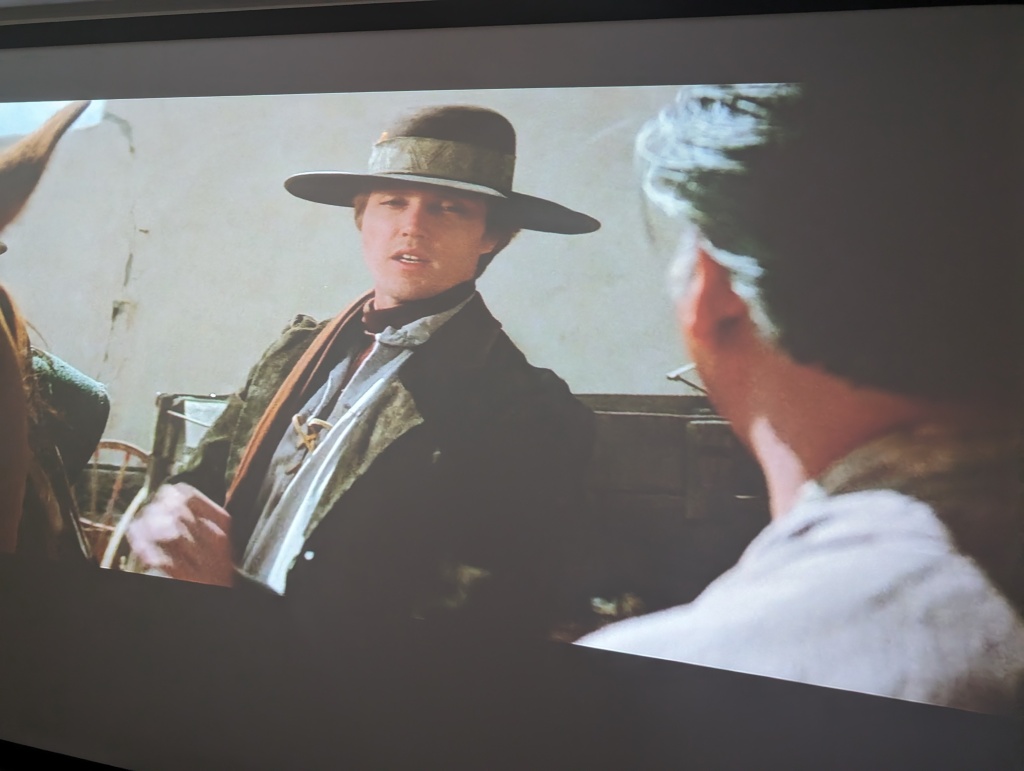
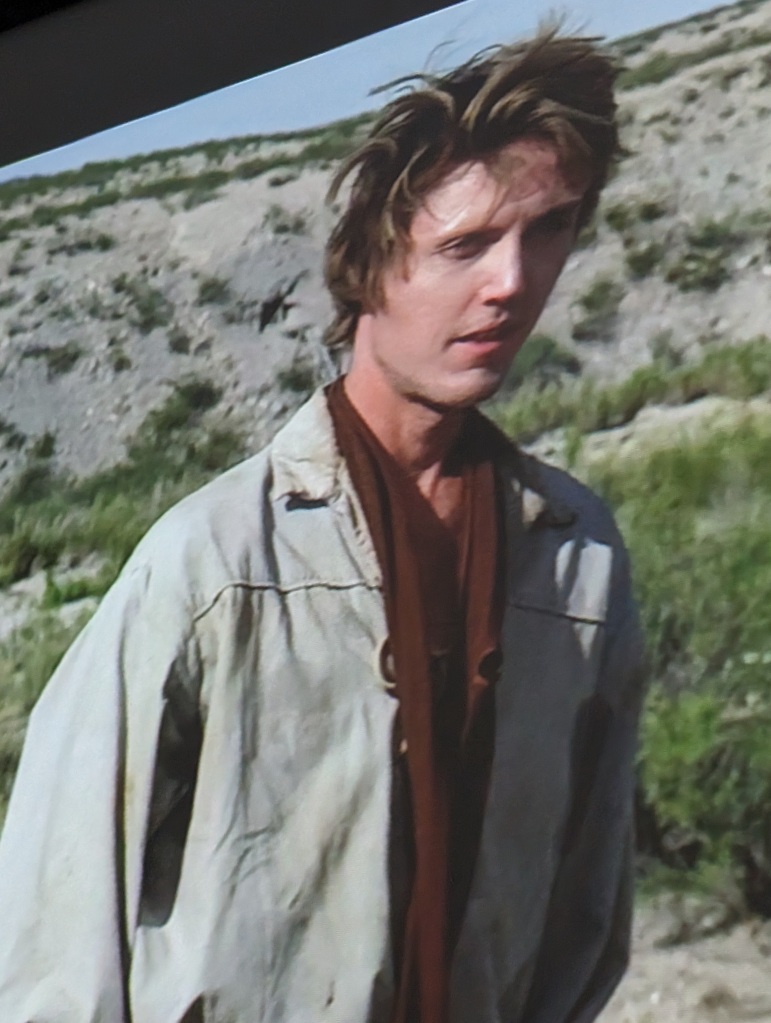
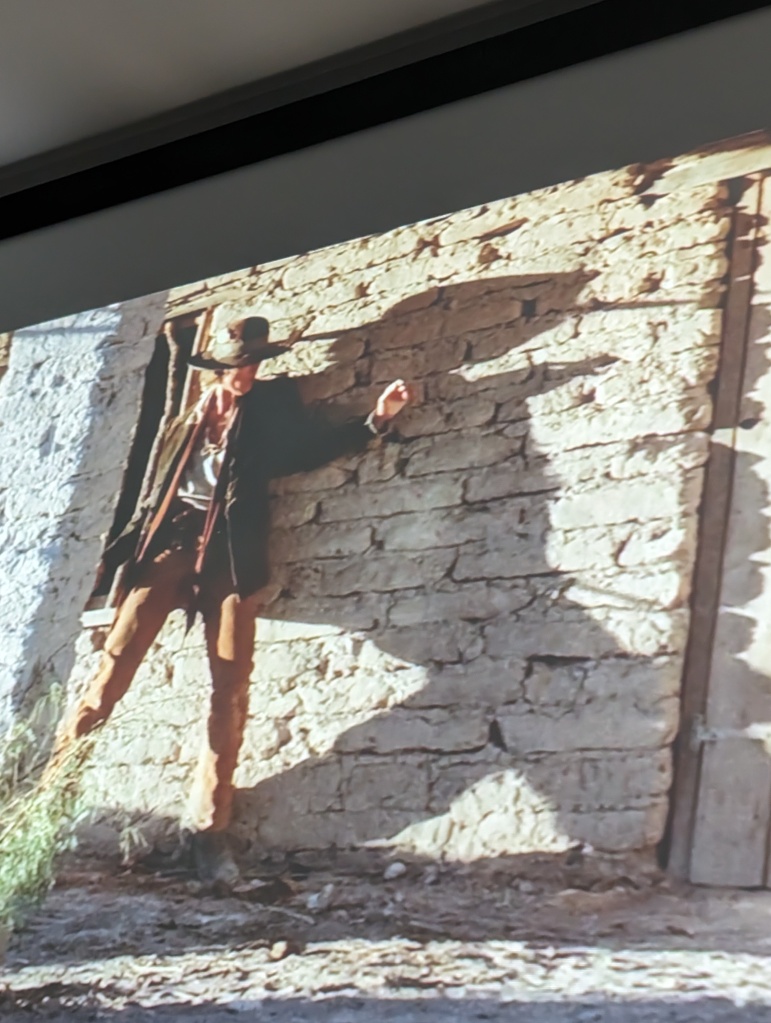
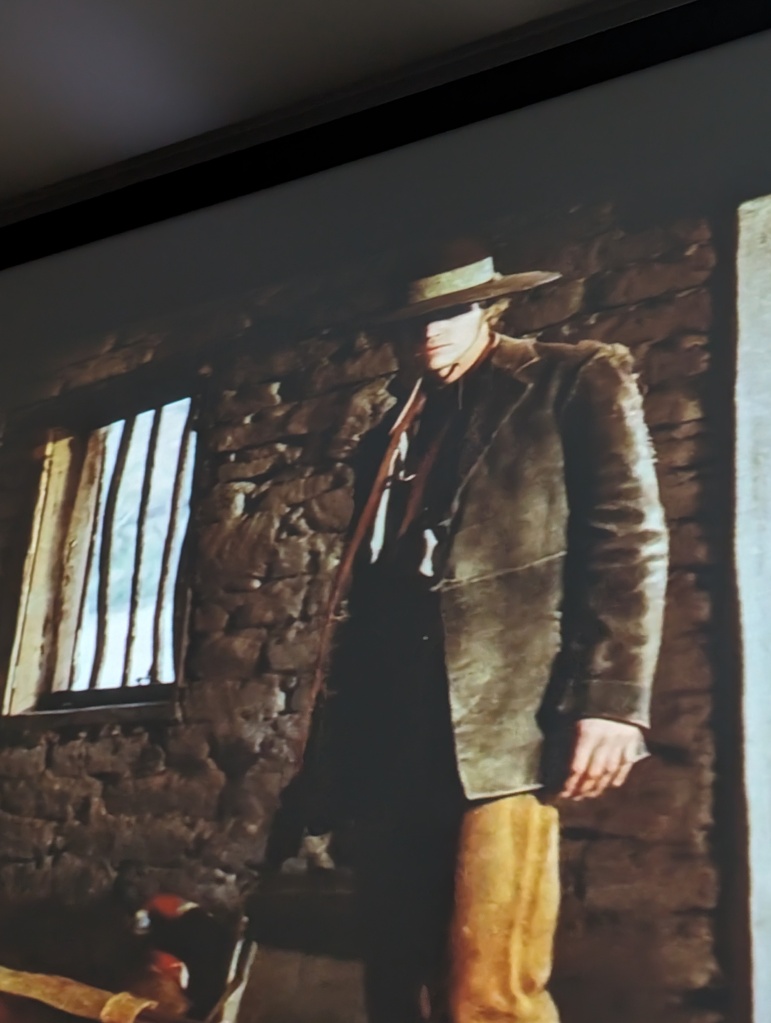
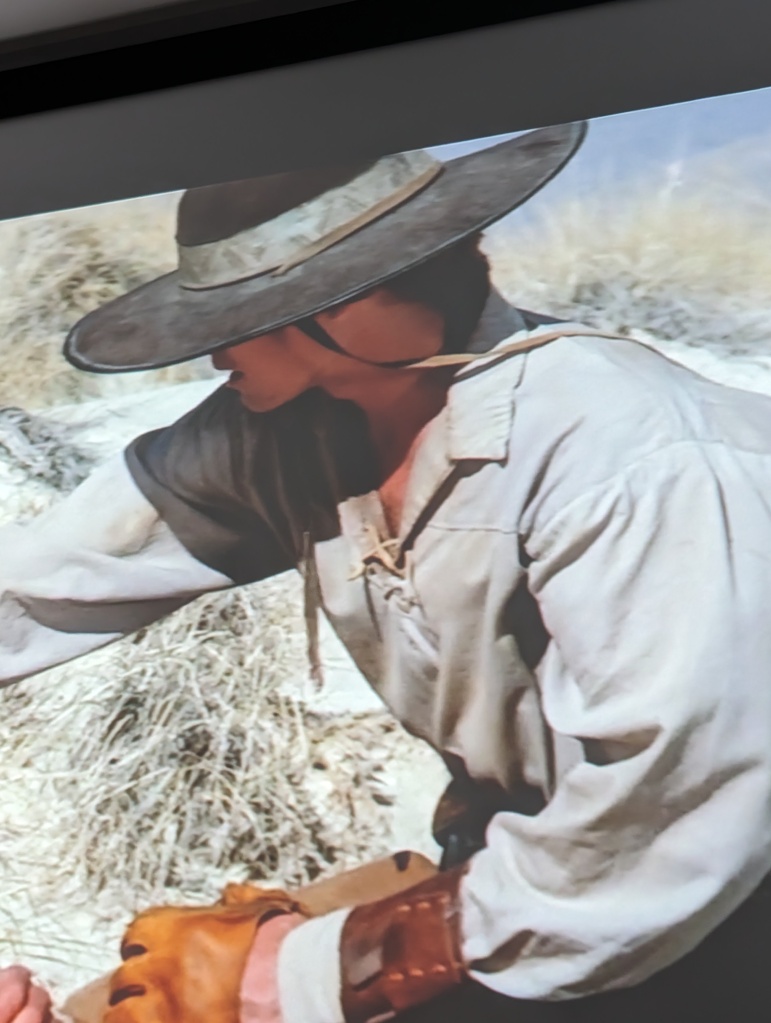
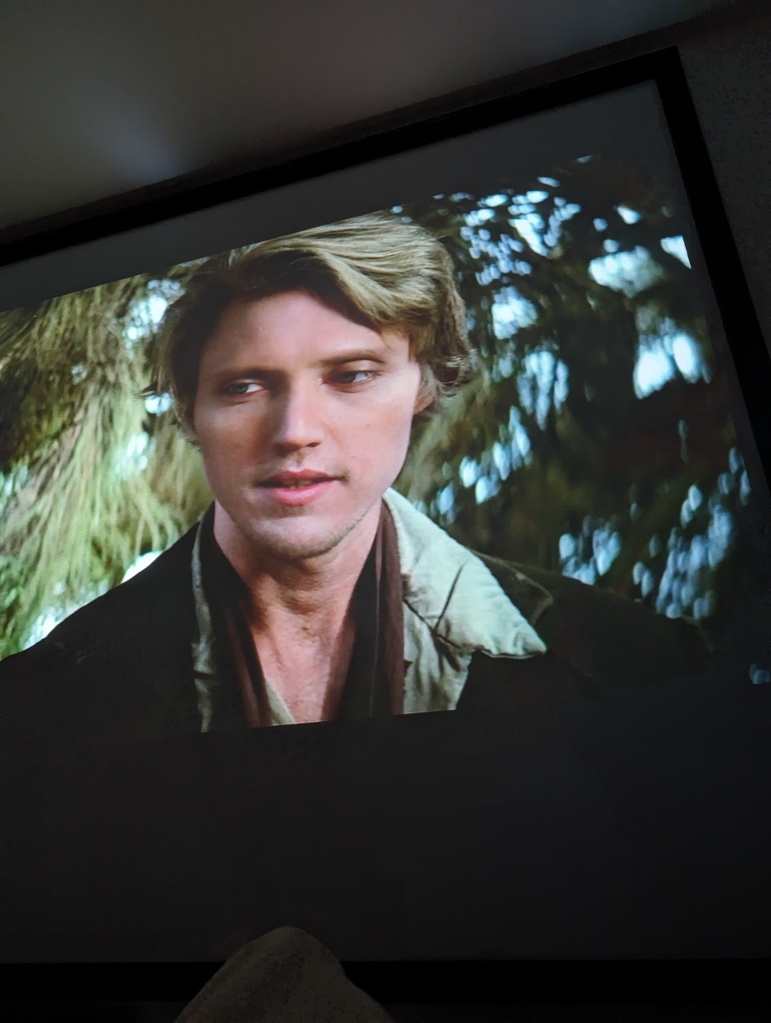
But beautiful white lead actors aren’t a MISTAKE in Westerns. It’s part of the fantasy world. I did walk away from the 1978 film thinking, This wasn’t as problematic as it could have been. The baddie in this film is a greedy and unhinged white guy, who stages the scenes after he does murders by trying to make it look like Native American Indians committed the crimes. Diabolical!
I have read exactly one Cormac McCarthy book, two years ago, and it made me realize: Oh, McCarthy is a Romance novelist. That is a fine thing to be! But Westerns actually aren’t survivalist tales, or historically accurate lessons. They’re about beauty, forbidden love, and heartbreak. For white guys.
The BEST case scenario of this genre is that the indigenous peoples of the American West (or, indigenous peoples of North America who were forcibly removed to that area) are part of a romanticized landscape. That is terribly dehumanizing, and I’m not saying it is just or accurate. But ugly, hateful, degrading representations and stereotypes are the other mode that white settlers have traditionally had for putting Native peoples on screen.

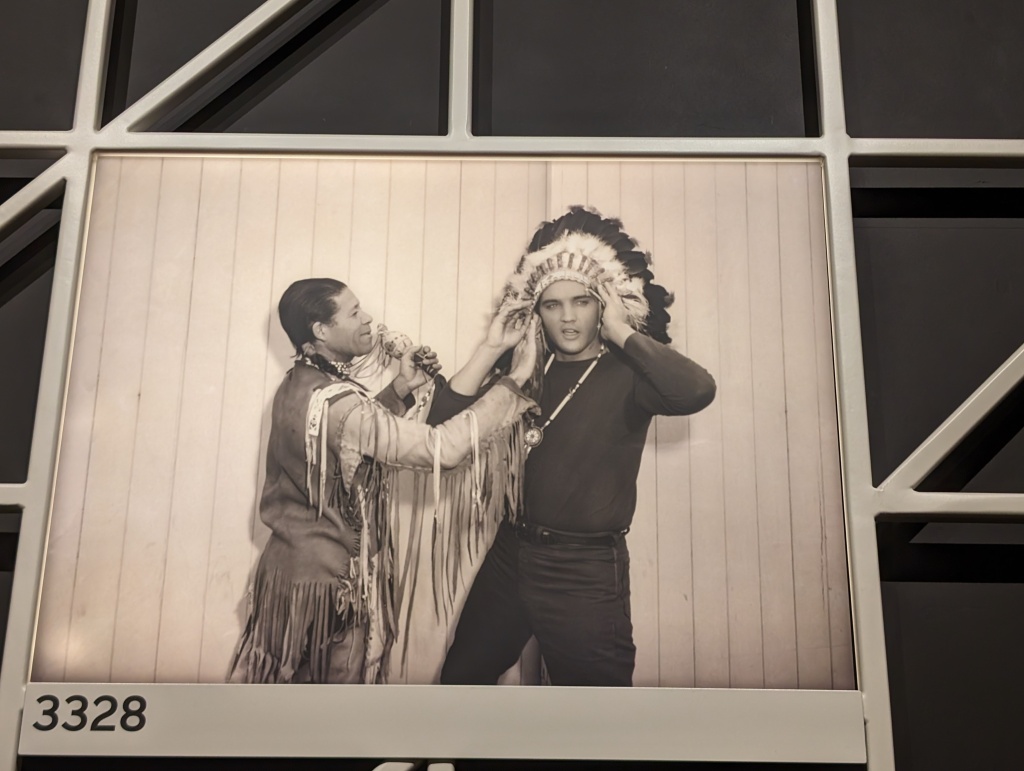
The above exhibit in the museum painstakingly curated examples of Native peoples represented (accurately or not) across American culture: from sports mascots to brand images to music, movies, TV, and more.
It was staggering to behold.

This history has always made me uncomfortable. But sweeping it under the rug in embarrassment and shame doesn’t feel quite right, either. I just cannot deny the impact of images of Native peoples, exported from North America all over the world. Even or especially if the portrayals are inaccurate or offensive.
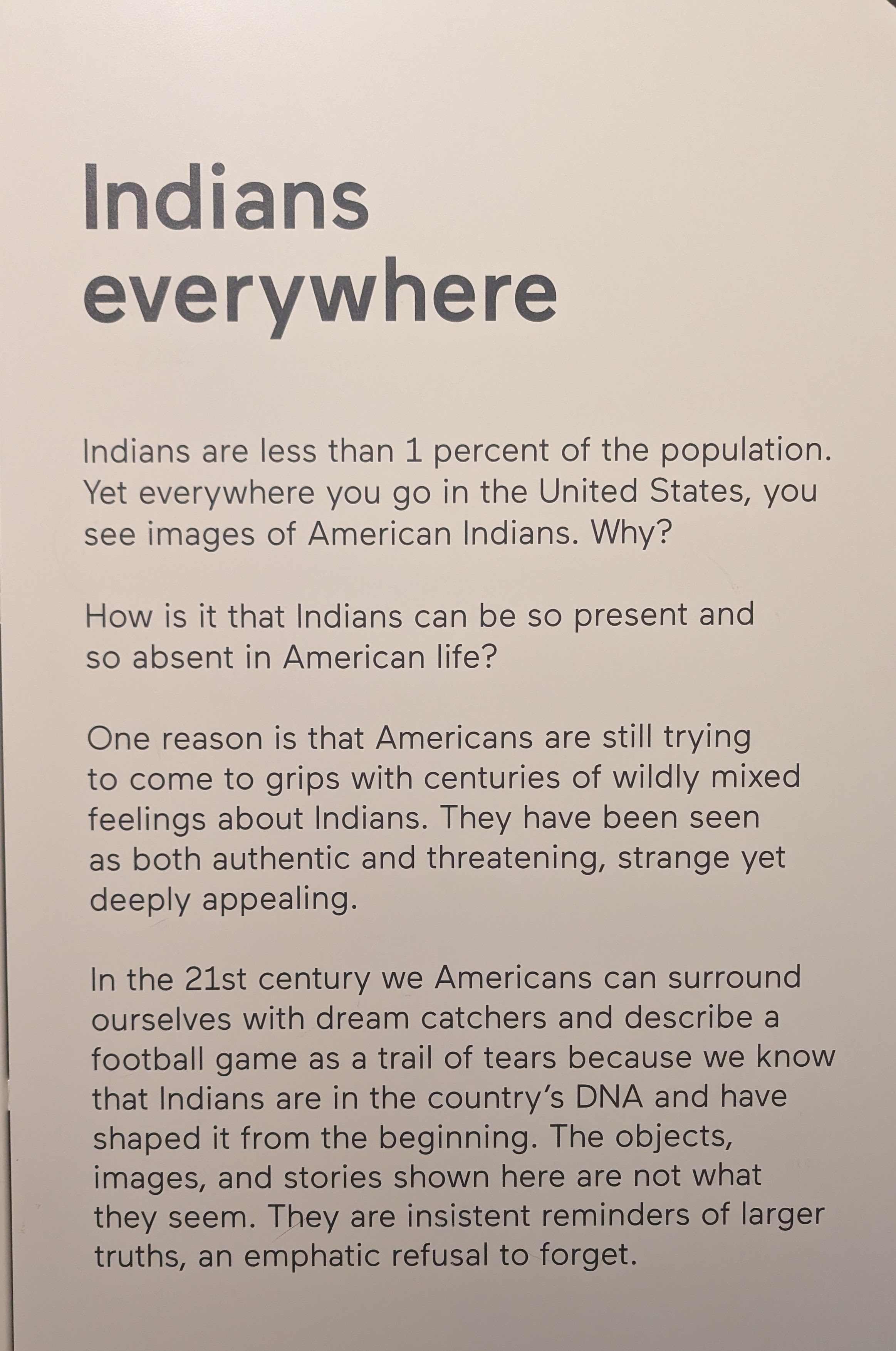
One exhibit collected and displayed visitor reactions and experiences:
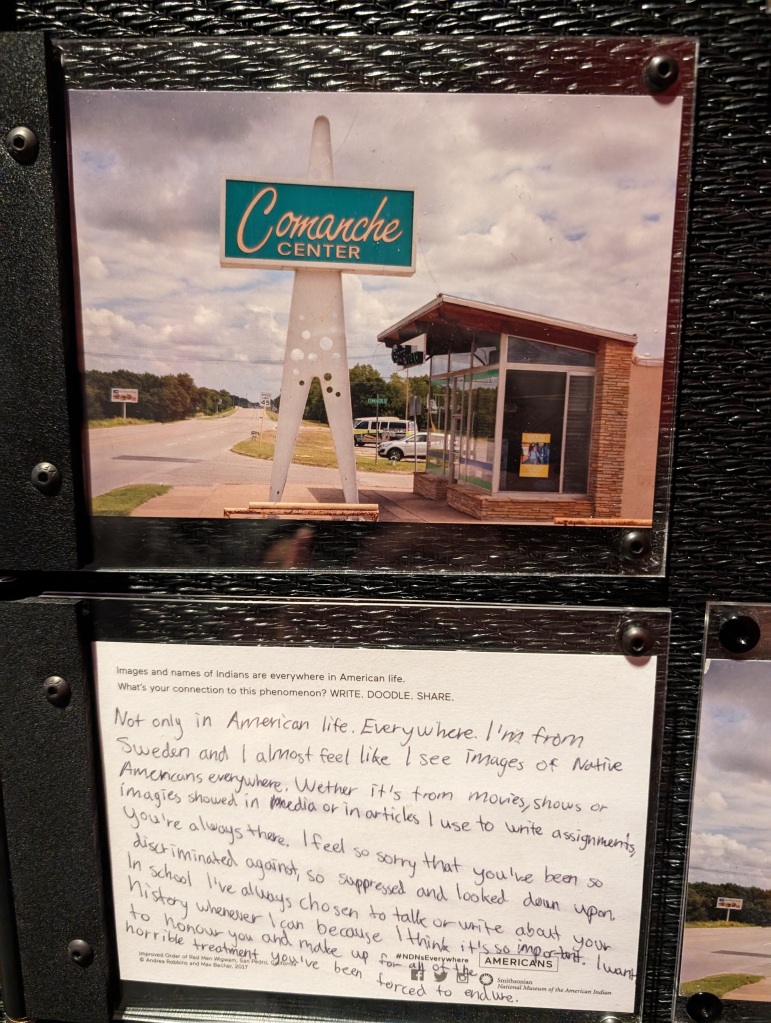
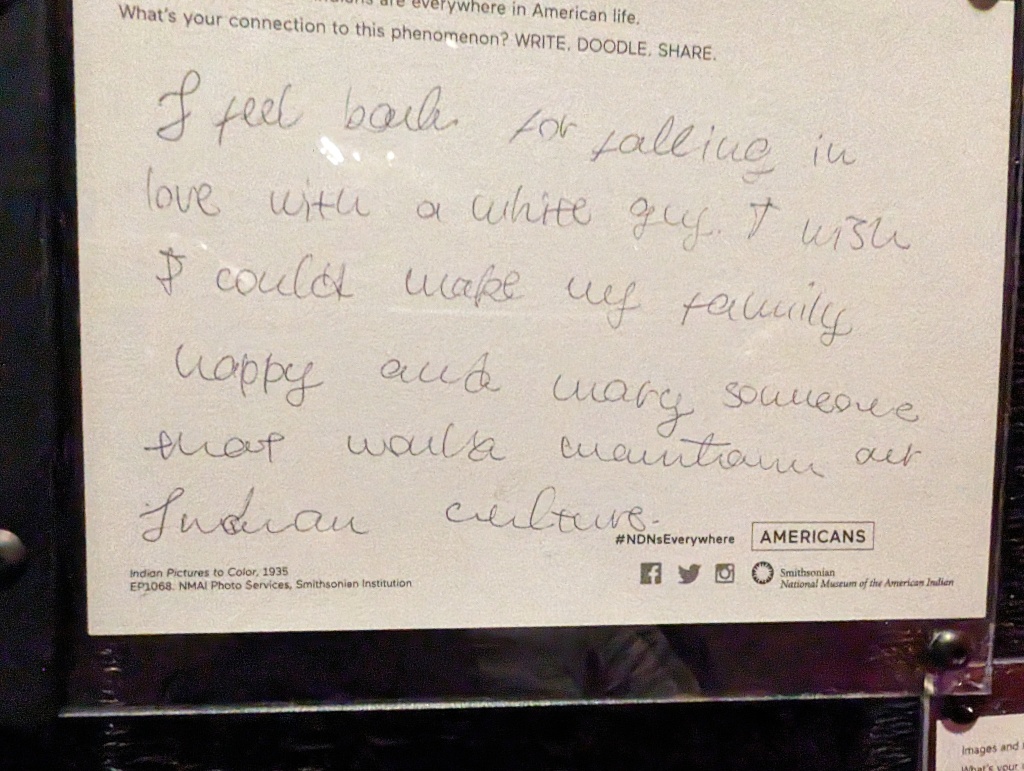
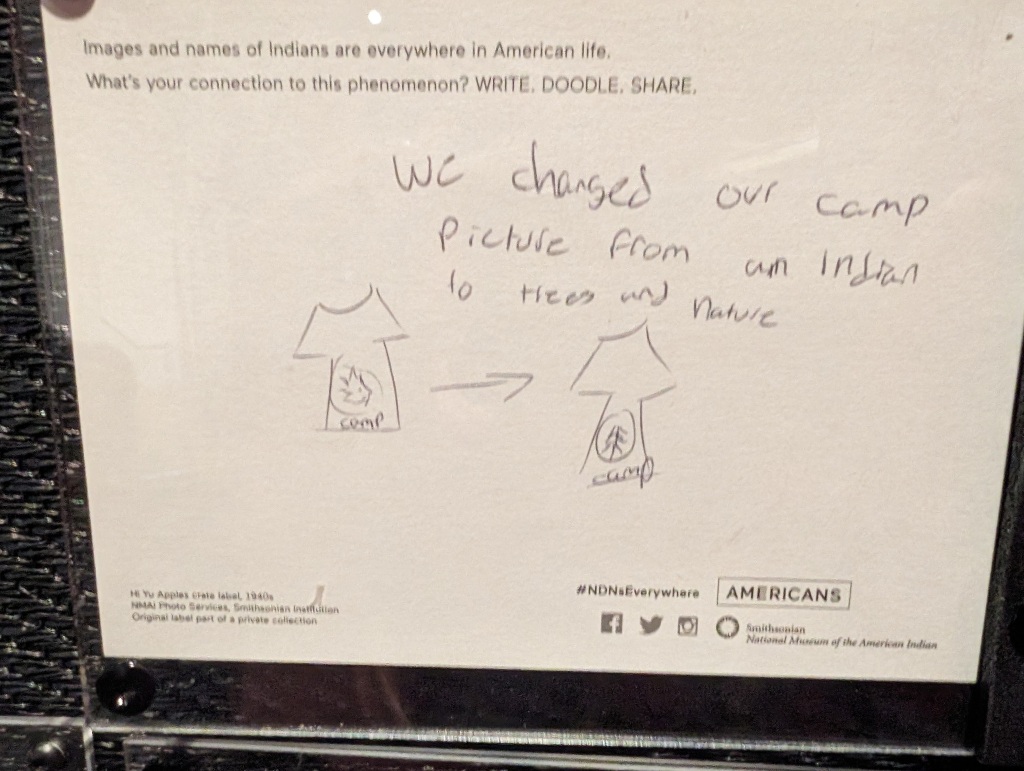
Different rooms of the exhibit pointed to specific examples of portrayals of Native American Indians, from the historic facts to how settlers represented or interpreted them: General Custer vs Sitting Bull.
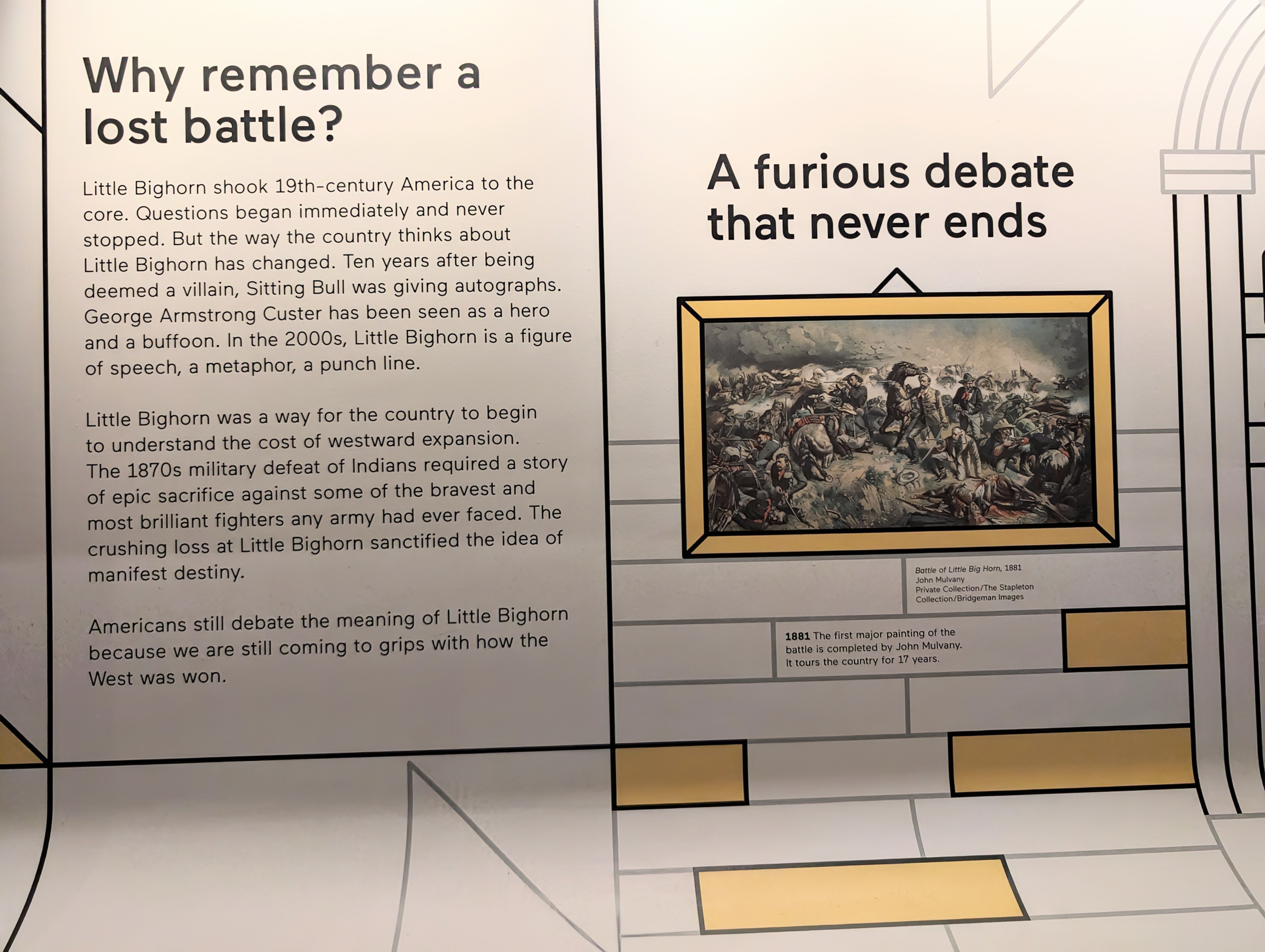
Pocahontas.

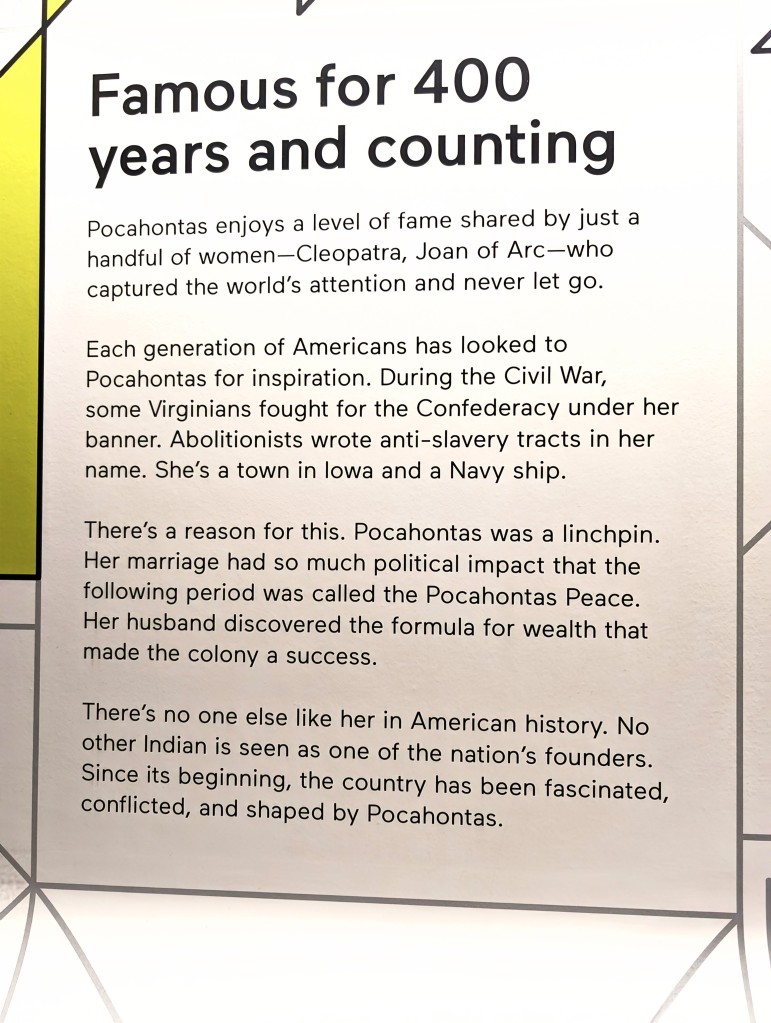
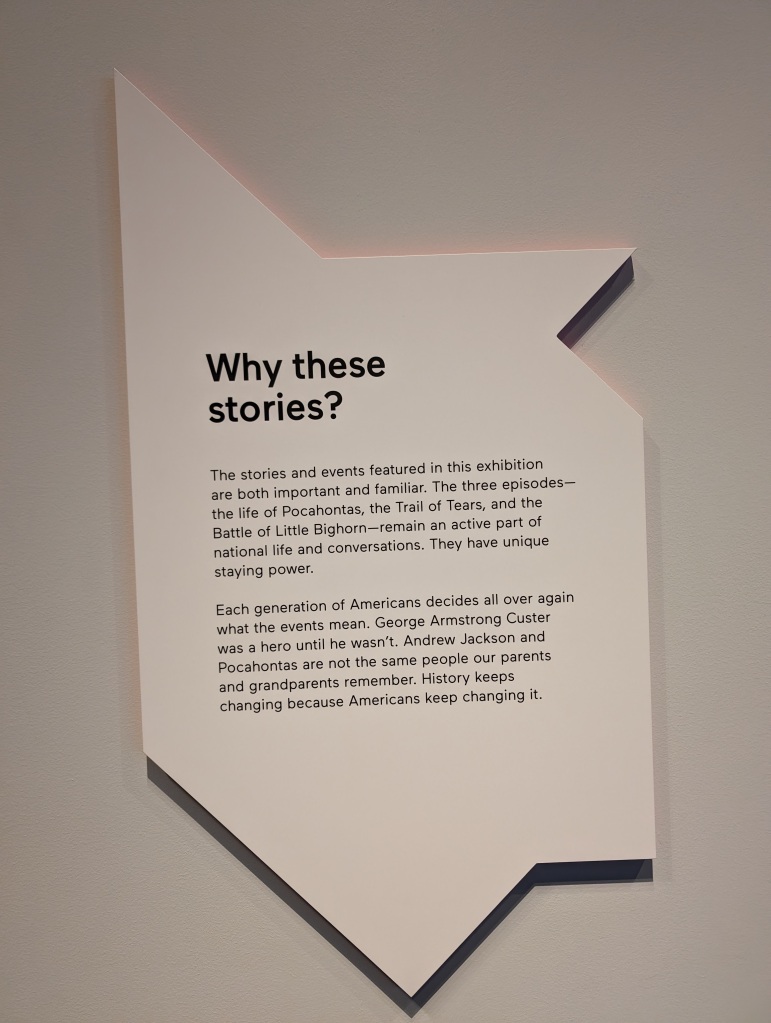
This museum did a brilliant job, and the intentionality behind each exhibit was evident.
Personally, I could have spent days and days inside the contemporary art exhibits as well. Robert Houle: Red Is Beautiful also had my brain forging connections furiously.

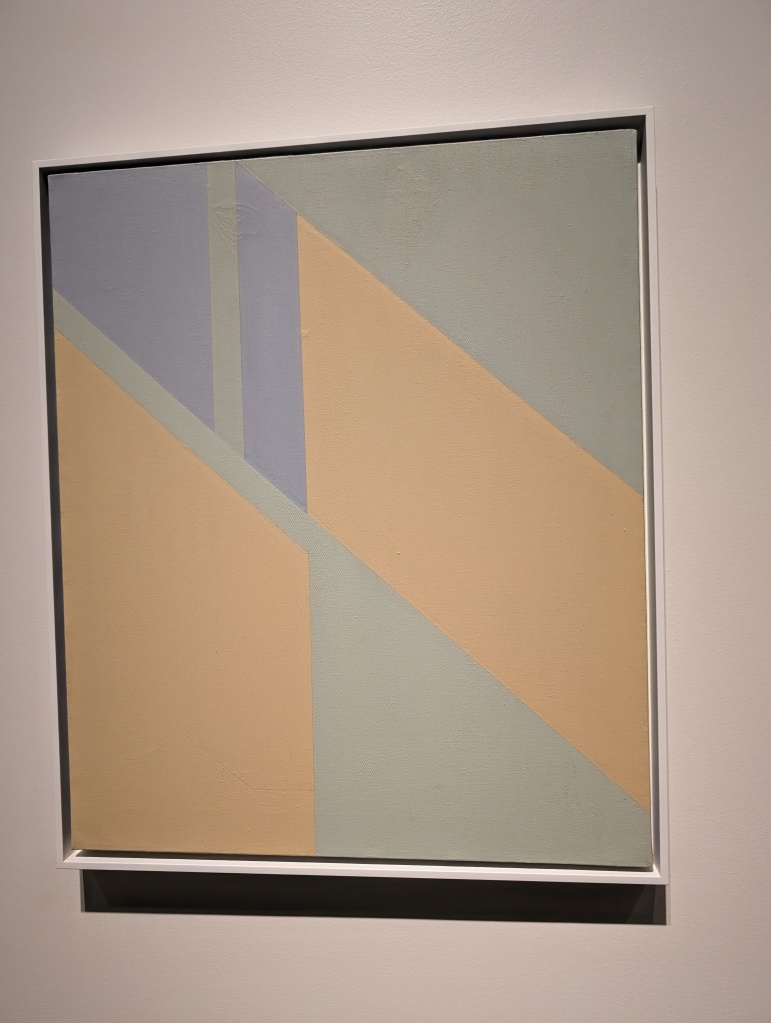
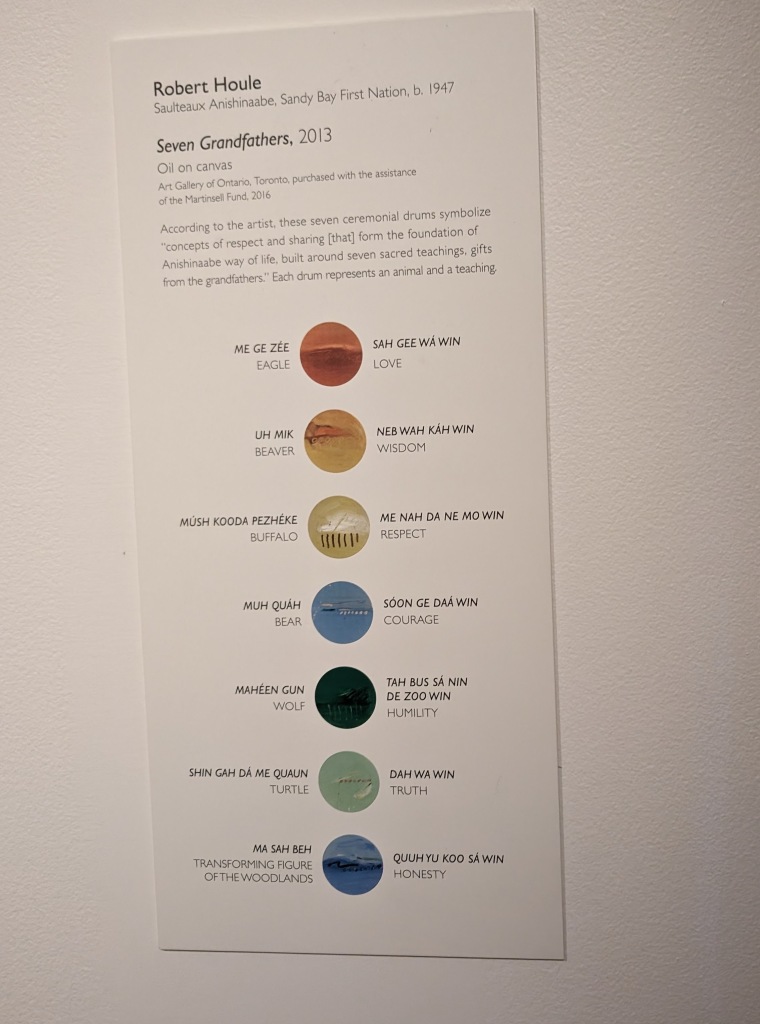
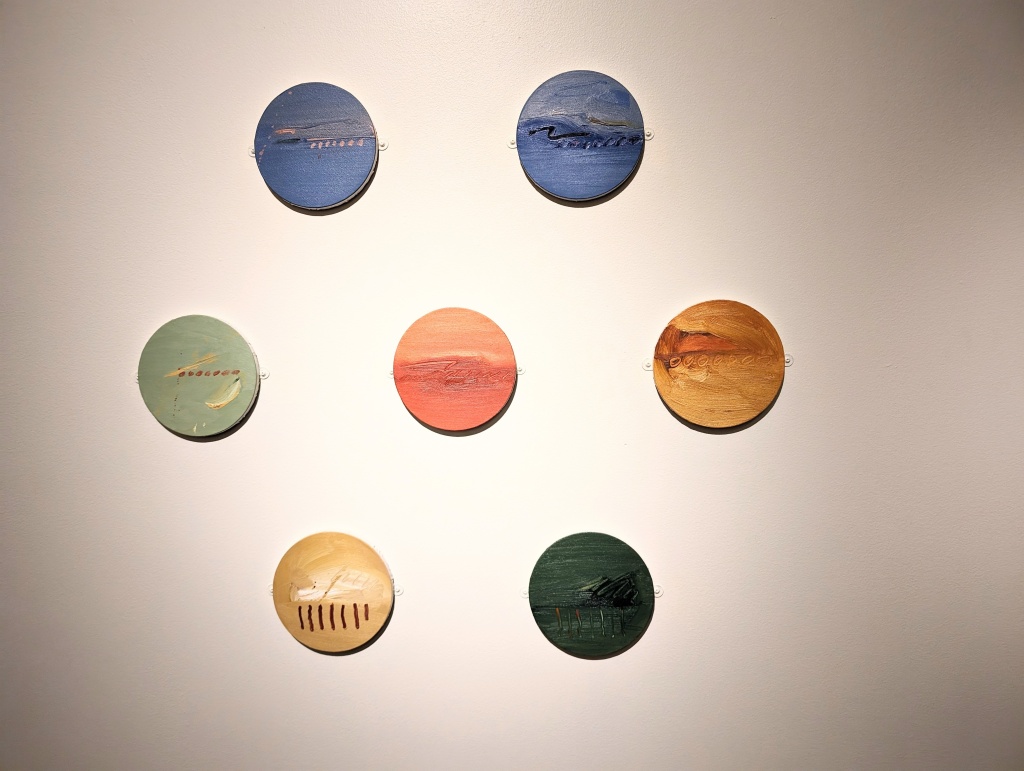
Seeing Houle’s symbols, I thought of Dream House by Rose B. Simpson fondly. I loved spending time at that exhibit, about home and meaning-making with symbols.
Another tie-in: My National Poetry Month read this year is Whereas by Layli Long Solider. It was on my mind as I interacted with Houle’s Premises for Self-Rule, which excerpts text from the British North American act of 1867, which granted Canadian Parliament jurisdiction over indigenous peoples and lands.
While Whereas is a poetry collection in response to American political/legal documents, I couldn’t help but notice the ways legislative language is borrowed and used to demonstrate influence and then juxtapose the ways these laws play out in actual human lives. Weaving legalese into the stories told through art is one way to illuminate this. Long Solider’s poetry collection uses “Whereas” from to the a 2009 Congressional Resolution of Apology to Native Americans, signed into law by President Barack Obama. I recommend this review RE: “the legal language of apology” and the poetry of Layli Long Soldier.
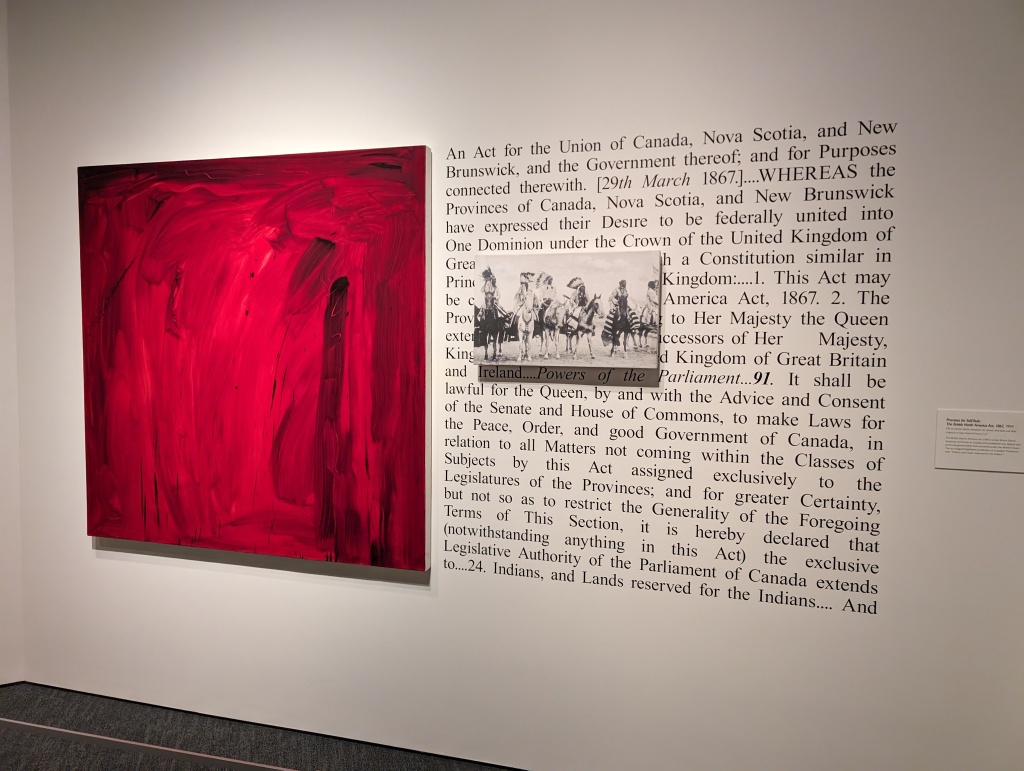
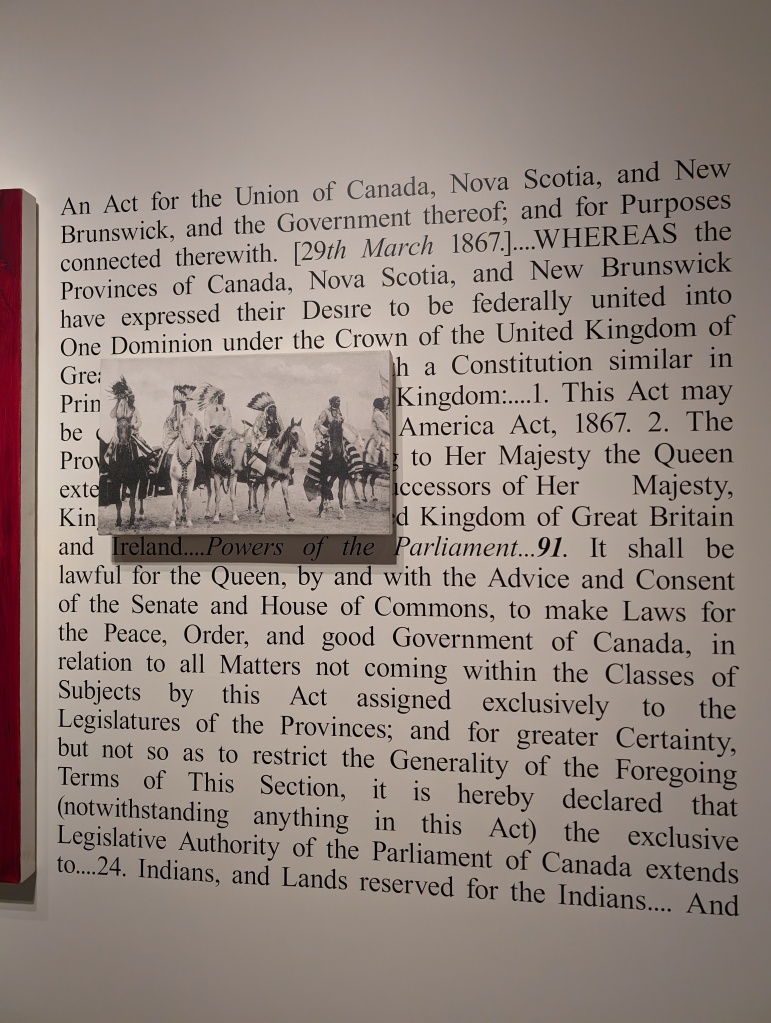
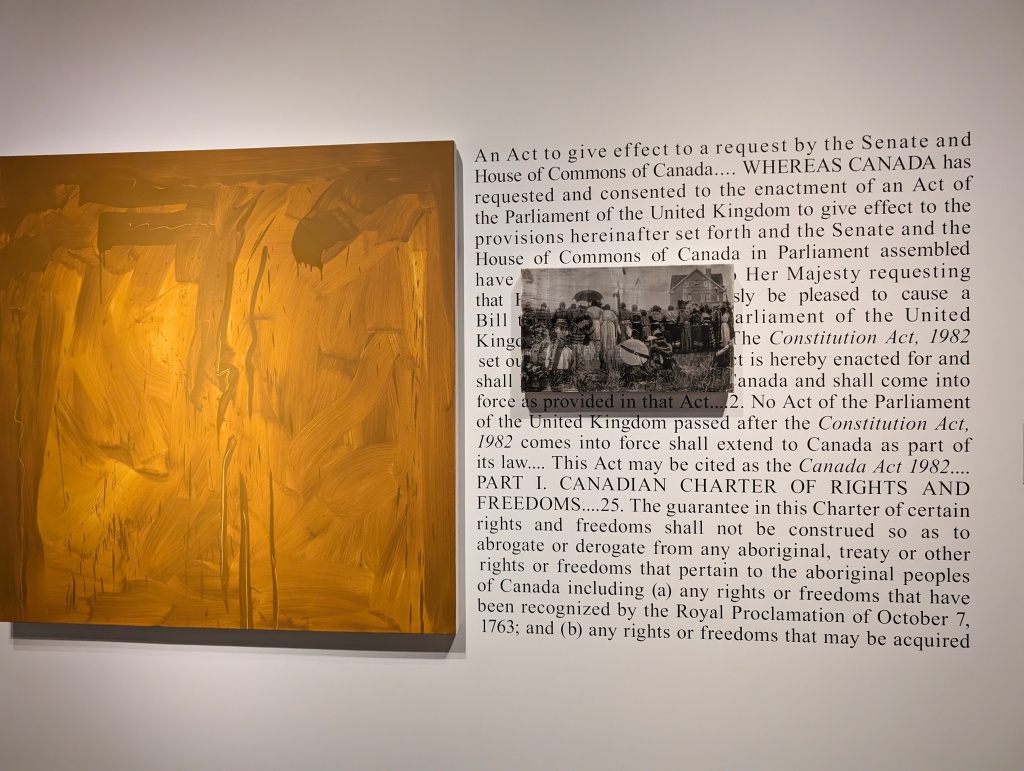
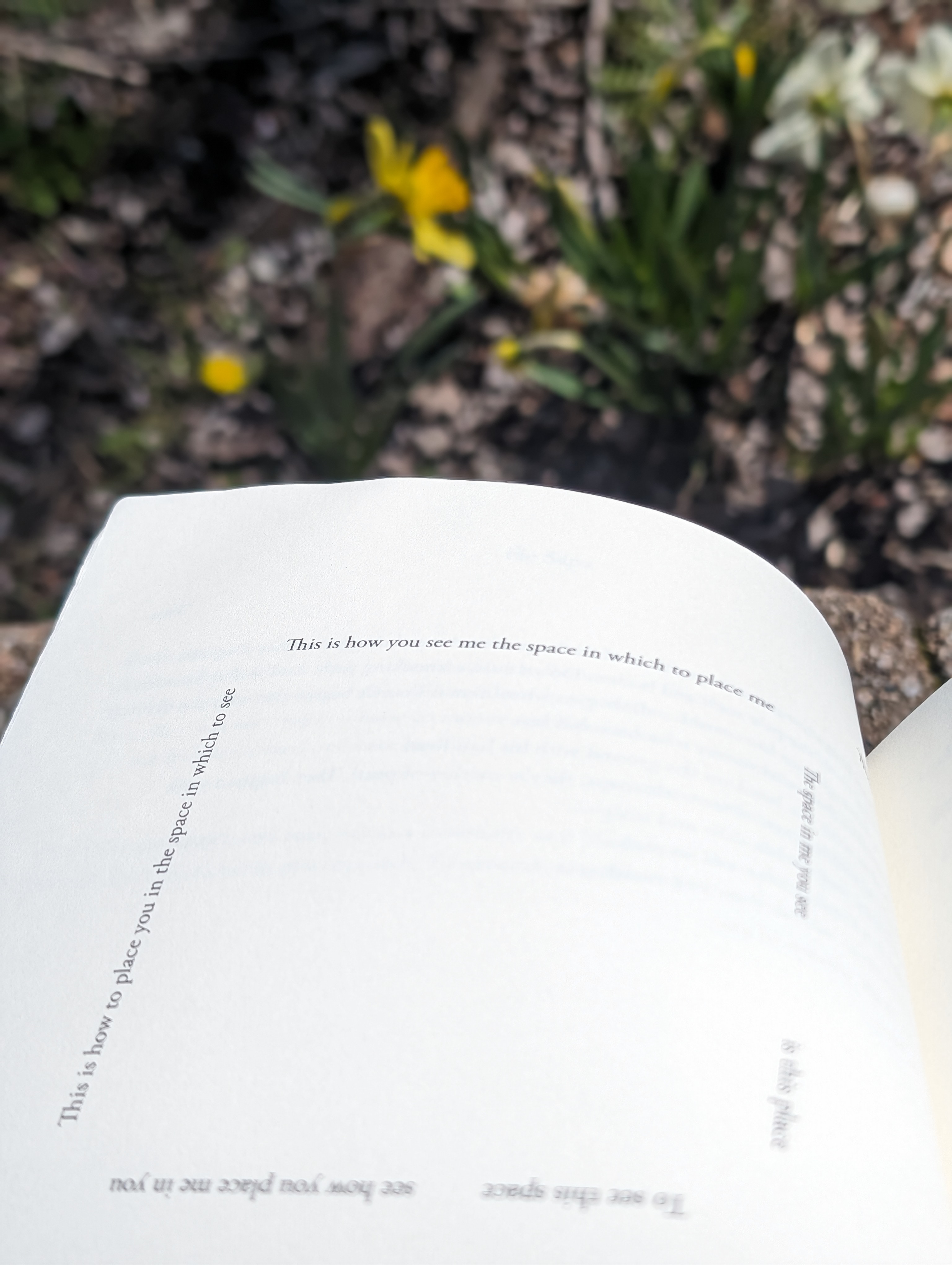
PHEW!!! I can tell I thought through a lot, because I walked a lot. Walking is how I process:

I do believe this is a personal record (as always, for counting steps, because maybe I’ve walked more in the past and didn’t count). Seventeen miles walked. I didn’t even hit this in Japan (though on that trip we averaged 20,000 steps per day).
No photographic evidence exists, but trust that I did visit Insomnia Cookies on my way back home through Philly.

Well, this “steppin’ all-star” (according to FitBit) is going to read books in the sun today … May not even be able to move to make coffee!
***One more link I couldn’t figure out where to weave in: This Vox podcast reviews the new film Civil War, mentioning the 1970 film Little Big Man. This Western was perhaps not written or shot with criticizing the Vietnam War in mind, but it came to mean this, culturally. Another complicated entry in the long archive of representations of Native American Indians.
(ALSOOOO baby Dustin Hoffman in a Western!)

